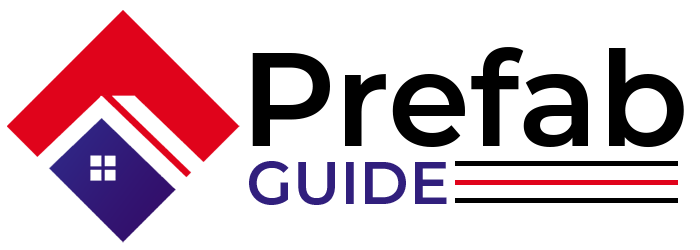Light Gauge Steel Framing (LGSF)
Light Gauge Steel Framing (LGSF) is a construction method that utilizes cold-formed steel sections to create a structural framework for buildings. This innovative approach offers numerous advantages over traditional building materials such as wood or concrete. Here’s a closer look at LGSF

Introduction to LGSF
Light Gauge Steel Framing involves the use of thin, lightweight steel sections manufactured through cold-forming processes. These sections, typically in the form of studs, tracks, and joists, are assembled into frames and panels to form the structural skeleton of a building. LGSF is characterized by its strength, durability, and versatility, making it suitable for a wide range of residential, commercial, and industrial construction projects. LGSF systems can be prefabricated off-site or assembled on-site, offering flexibility in construction methods and project delivery.
Comparison with Traditional Building Materials
Compared to traditional building materials such as wood or concrete, LGSF offers several advantages. Firstly, steel is inherently strong and durable, providing superior structural integrity and resistance to environmental factors such as fire, mold, and pests. Additionally, steel is non-combustible, reducing the risk of fire-related damage and ensuring occupant safety. LGSF systems are also lightweight, allowing for easier handling, transportation, and installation compared to heavier materials like concrete. Furthermore, LGSF construction is less susceptible to dimensional changes and moisture-related issues, resulting in buildings that maintain their structural integrity and appearance over time.
Design Considerations
Designing with LGSF requires careful consideration of various factors to optimize performance and efficiency. Designers must account for factors such as structural loads, building codes, and architectural requirements when specifying LGSF systems. Additionally, detailing and connections play a crucial role in ensuring the integrity and stability of LGSF structures. Designers should also consider thermal bridging and insulation strategies to enhance energy efficiency and occupant comfort. Collaboration between architects, engineers, and contractors is essential to achieve successful LGSF designs that meet project objectives and regulatory requirements.

In summary, Light Gauge Steel Framing offers numerous advantages over traditional building materials, including strength, durability, and versatility. By understanding the fundamentals of LGSF and considering key design considerations, stakeholders can harness the full potential of this innovative construction method to create high-quality, sustainable buildings.
